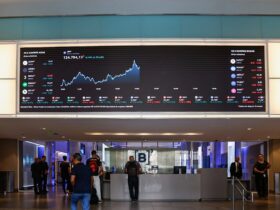Hanover animal shelter
Nobody misses Marcel – now the little racker is looking for a home
Updated on 25.03.2025 – 2:03 p.m.Reading time: 1 min.


There is not much known about Marcel’s history because he was found in Hanover. One thing is clear: the new owners have to work with the young dog.
Nobody knows where he comes from. Marcel’s story is unknown because the young four -legged friend came to the shelter as a find dog. So far he has not learned much – that may also be due to the young age. The experts in the shelter suspect that he was born in June 2024. Therefore, there is still a lack of the basics: it is difficult for him to stay alone, and he shows that loudly.
The young male is in the middle of puberty. He tests borders, is cheeky and unnecessary. He hardly knows any rules, all the more self -will. Marcel needs people who patiently but consistently show him what works – and what doesn’t.
A sovereign first dog in the household can be helpful. A neutered bitch in particular could give him orientation. Marcel tends to afford too much in his youthful exuberance – clear announcements are good for him.
Anyone who is willing to put time and energy in their upbringing gets a dog that binds themselves closely to their caregivers. The beginning will not be easy – but the effort will be worthwhile.





